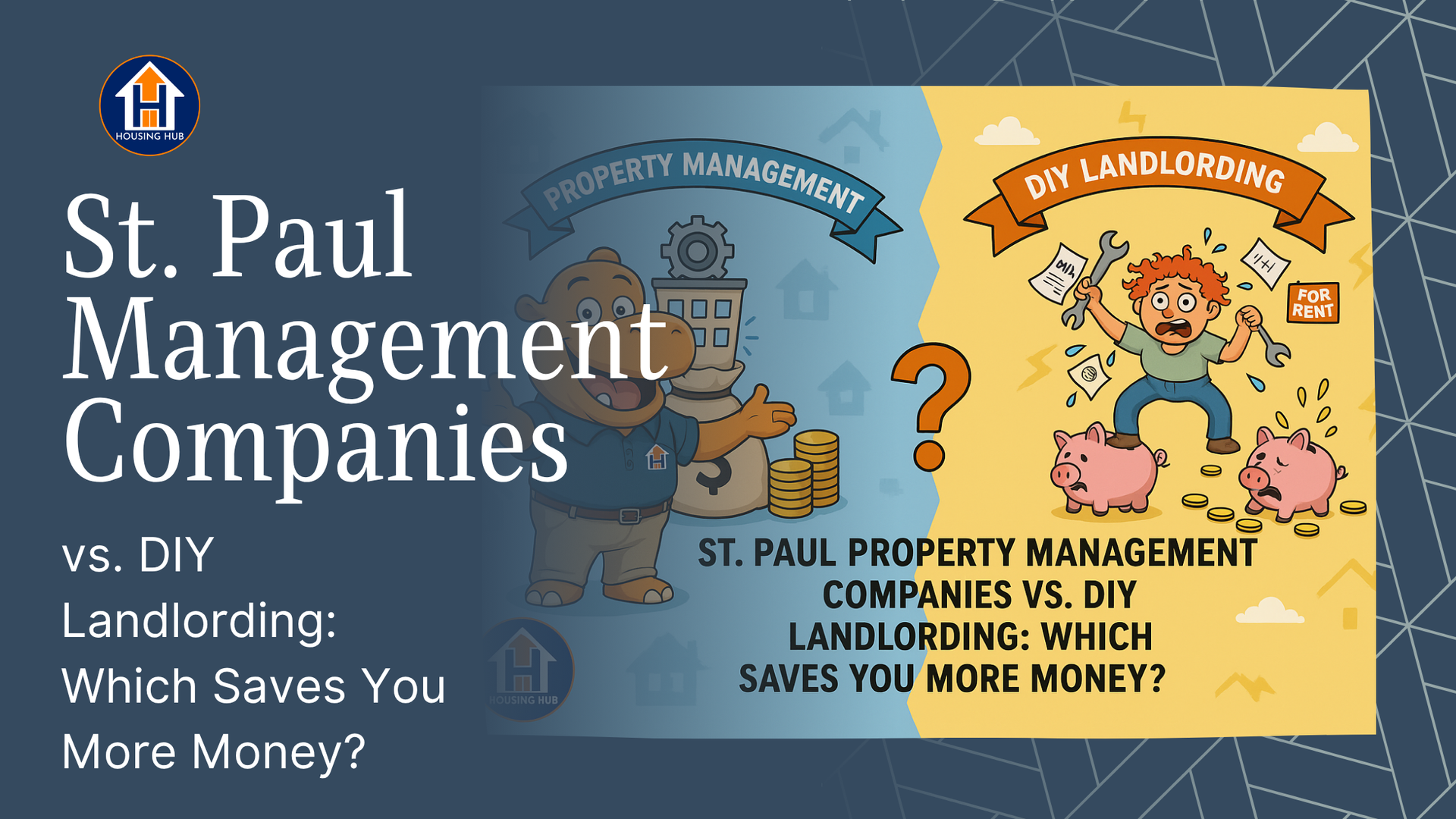Rent Stabilization vs. Rent Control in Twin Cities
In Minneapolis and St. Paul, rent control and rent stabilization are used to help keep housing affordable. These rules protect renters from big rent increases. They also give landlords guidelines on how much they can charge. Knowing the differences between these two rules can help you understand your rights and what you can expect when renting.
Rent control limits how much rent can increase each year. Rent stabilization, on the other hand, allows rent to go up but in a controlled manner. Both systems have their pros and cons. We'll explore these in more detail, focusing on how they impact you as a tenant or property owner in Minneapolis and St. Paul.
What is Rent Control?
Rent control is a policy that sets limits on how much landlords can increase rent over time. This regulation is designed to protect tenants from sudden and large rent hikes, making housing more affordable and stable. With rent control, the government sets a maximum percentage that rent can go up each year. This helps tenants know what to expect when it comes to their housing costs.
In Minneapolis, rent control laws are more flexible, allowing for small yearly increases tied to inflation or a set percentage. St. Paul has stricter rules, with capped increases to ensure rents stay affordable. These measures aim to keep housing costs predictable for tenants while giving landlords some ability to adjust rents over time.
What is Rent Stabilization?
Rent stabilization is another way to regulate rental costs. It allows for regular rent increases, but these increases are controlled and predictable. Unlike rent control, which can be quite strict, rent stabilization gives landlords and tenants more flexibility.
In Minneapolis, rent stabilization means that rent can go up slightly each year based on specific rules. The rules may include tying rent increases to the cost of living or setting a maximum percentage for yearly hikes. St. Paul also uses rent stabilization, with similar guidelines designed to balance the needs of tenants and landlords.
Rent stabilization aims to protect tenants from drastic rent changes while allowing landlords to keep up with maintenance and expenses. This creates a more stable housing market where both parties can plan for the future.
Key Differences Between Rent Control and Rent Stabilization
Understanding the differences between rent control and rent stabilization is important. Both aim to keep housing affordable, but they work in distinct ways. Let’s look at a comparison to clarify these concepts.
Rent control and rent stabilization are two different approaches to regulating rental prices. Rent control typically imposes a strict percentage limit on annual rent increases, ensuring tenants have stable and predictable rent. It often applies to older buildings and
involves a high level of government intervention, which can significantly limit a landlord’s profit potential.
On the other hand, rent stabilization offers a more flexible approach, with rent increases usually tied to inflation. It can apply to both old and new buildings and involves moderate government intervention. While rent stabilization allows for gradual rent increases, giving landlords some financial flexibility, it still ensures tenants experience predictable rent adjustments.
Pros and Cons for Landlords and Tenants
For Tenants:
- Pros:
- Predictable rent costs
- Protected from sudden hikes
- Cons:
- Limited housing options
- Potential decline in property maintenance
For Landlords:
- Pros:
- Long-term tenant stability
- Predictable income
- Cons:
- Restricted rent increases
- Less incentive to upgrade properties
How These Regulations Impact You
Effects on Tenants
Both rent control and rent stabilization aim to make housing more affordable. Rent control offers strict limits on how much rent can increase. This helps tenants budget better since they know their rent won’t skyrocket. Rent stabilization provides a middle ground, allowing some rent increases but in a controlled and predictable manner. Tenants still benefit from affordable housing but have to accept small, regular rent hikes.
Effects on Property Owners
For property owners, these regulations bring both challenges and benefits. Rent control limits how much they can charge, which might affect their revenue. However, it ensures long-term tenant stability. Rent stabilization gives landlords more room to increase rent gradually. This allows them to adapt to market changes and cover maintenance costs. However, both systems can limit the potential for significant profit.
Long-term Effects on Housing Market
Over time, rent control and rent stabilization can shape the housing market. They help keep housing costs down, which is great for renters. However, these regulations can discourage new developments and property upgrades. This can lead to a limited supply of housing options. Owners may also be less inclined to maintain or improve properties due to restricted income. Despite these drawbacks, these regulations aim to create a balanced and fair housing market.
Conclusion
Rent control and rent stabilization each serve important roles in making housing affordable in Minneapolis and St. Paul. They help tenants stay in their homes by controlling rent increases. While property owners face some limitations, they also gain stability with long-term tenants. Understanding these systems can help you make informed decisions whether you are renting or managing a property.
Are you looking for more information on
MN rentals or owning property in the Twin Cities? Housing Hub is here to help you navigate the local rental market. Contact us today to learn more!






